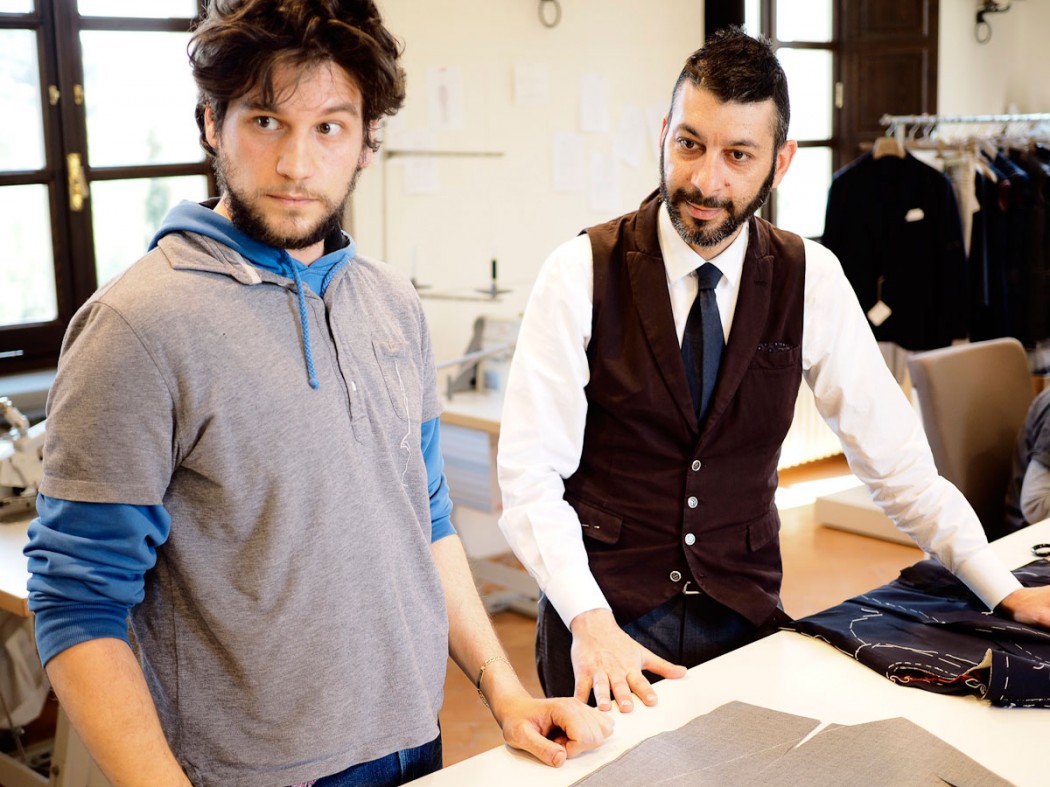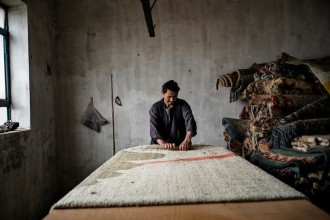Much like in the painter’s practice of the Italian Renaissance, today’s fashion world shares a very disciplined approach to educating and cultivating the aspiring artisan.
Surprisingly, the fashion world’s renaissance is stronger than ever, but the amount of young people who are interested in the tedious job of working with their hands — constructing handbags that take eight hours to make and suits that take upwards of 40 hours — is dwindling.
Italy’s Artisan Confederation estimates that the nation’s artisans contributed to 259.7 billion euros in sales last year. Across the board there are about one million artisans working in Italy and about 300,000 small companies that make handmade goods.
On average, Italian artisans struggle to make ends meet, supporting their families with a salary of between 1000 to 2000 euros per month.
As time weeds out the master tailors, lace makers and cobblers, it remains to be seen if vanguard brands will strengthen job security and raise the salaries of their most coveted assets.
Indeed, the responsibility of preserving the luxury industry, rests in the hands of big labels, who need to rethink how much they value the artisans they have, and how much they are willing to remunerate the younger generation. Since there are so few skilled professionals in the world with such training, we have to wonder: Should artisans be paid as much or even more than managers?
This week we step into artisan schools and workshops of some of the most respected names in fashion to talk to master artisans and their apprentices, in an attempt to understand if young people are really committed to carrying on traditions that are crucial to what we know as true luxury.
BACI,
Sofia
ALSO IN THIS ISSUE: Rubinacci: Grooming Young Tailors to Reach Next Gen, Costumery At World’s Oldest Opera, Gherardini: Preserving Icons, Musella Dembech: Father and Son, Brunello Cucinelli: The Solomeo School





